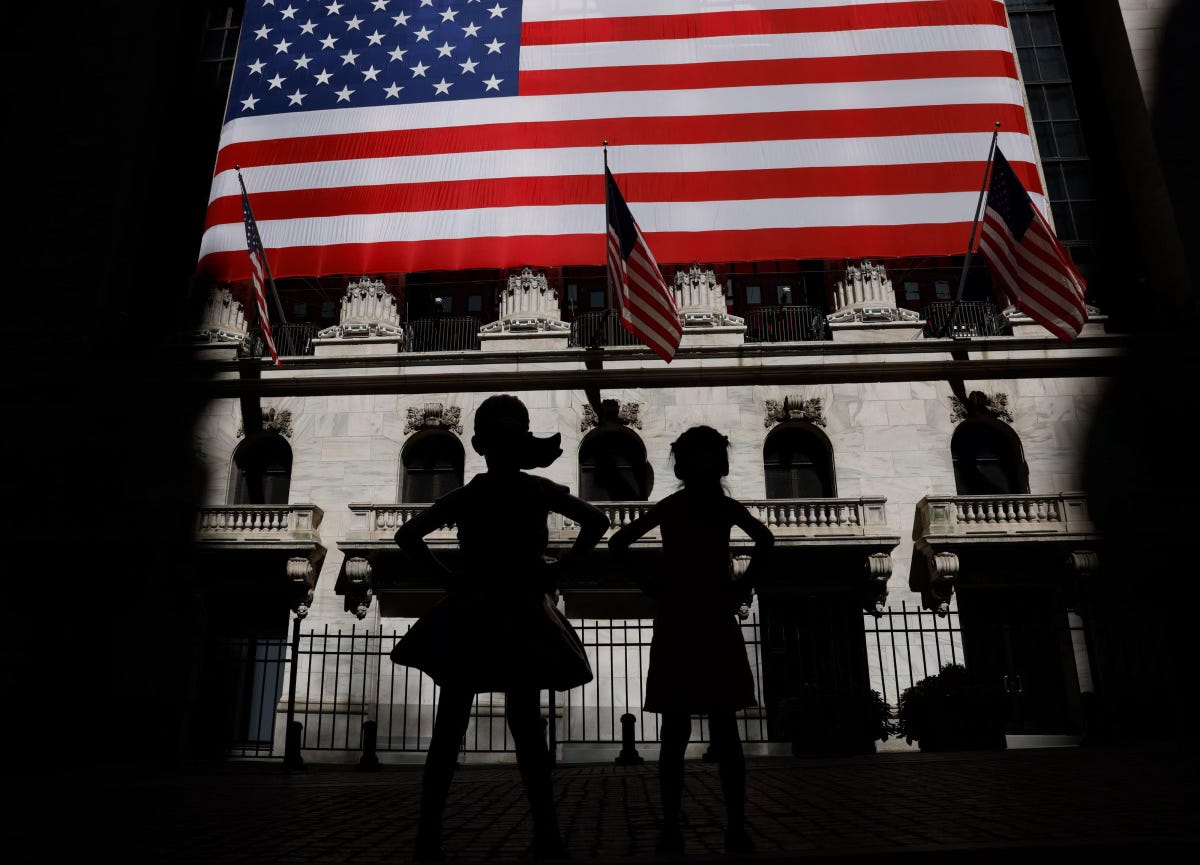Market doubts are emerging over the power of MAGA
The Trump trade - an extraordinary post-election leap in business confidence and stock prices - is developing its first cracks.
Stop press! The Reserve Bank of Australia has cut rates. The interbank rate has been cut by a quarter point from 4.35% to 4.10%, the first easing in the Aussie policy rate since November 2020 which has also by the way been held steady since November 2023. So whilst all its big and not so big cousins had long begun to ease monetary policy, the RBA has been sitting on its hands.
Governor Michele Bullock took over from Philip Lowe in late 2023 and whoever thought that having a female governor would augur a softer monetary policy stance by the RBA had another thing coming. Bullock has turned out to be as hawkish as can be and has remained firm in keeping her foot on the brake in light of sticky inflation. Today’s move, not entirely unexpected but also never guaranteed, is accompanied by a finger pointing to slowing economic activity.
It would be fatuous to link everything and anything to the rise of Donald Trump but a pre-emptive rather than a reactive cut in rates indicates that the RBA would wish to go prepared into whatever awaits the country with its dominant mining and minerals sector. Of course the RBA’s rhetoric won’t as such mention this and no reference to it will appear in as many words in the minutes of the monetary policy committee meeting but there can be no denying that the board members will have been painfully cognisant of the geopolitical tsunami that threatens the balance of the global economy.
Away from the politics, especially in respect of the supposedly rebooted relationship between Moscow and Washington in which Ukraine and Western Europe are the piggies in the middle, there would appear to the first doubts emerging about the power of MAGA.
The Trump trade, the reflection of an extraordinary post-election leap in business confidence and also in stock prices, is developing its first cracks. US CPI has crept back up to 3%. The retail sales reading for January, released at the end of last week was weak although with wildfires in the west and snow and ice in the east, the figure was always going to be rogue and a bit of an outlier.
How much of an outlier it will have been we will not know until we have had the February and March readings. February might be boosted by a bout of consumers catching up for what they missed in January so realistically it won’t be until early April when we get to see the March report that we will be able to assess what the trend actually looks like.
The Trump trade is best tracked in the stock price of the First Buddy’s Tesla business. Please note the irony of Elon Musk’s once, but maybe no more, world-leading EV business being at the butt of the President’s pro-hydrocarbon and anti-climate rhetoric. Either way, Tesla stock was right up there when the election victory was announced on 6 November. It had closed the night before the elections at US$ 242.84. By 11 November 11, it was at US$ 346.30 and peaked on 17 December at 479.86. Last Tuesday, it closed at US$ 328.50. In other words, it has given back well over half of its trough to peak gains.
The Magnificent Seven have jointly and severally not had a great start to the year although that is as much due to them having been madly overpriced at the end of 2024 as it has with them not doing all that well since then.
The DeepSeek shock which on one day wiped US$ 600 billion off the market cap of Nvidia has to a large extent been digested. Sure, it’s not as perfect as much of what has been developed in the States but then again, when Henry Ford in 1908 produced the first Model T, it looked laughably simple and basic, and it couldn’t hold a candle to anything that Chalmers of Detroit were offering. “Chalmers who?”, I hear you ask. Chalmers might not have been quite the answer to Rolls Royce, but it wasn’t that far behind. I think you get the point.
The mood music in stock markets is odd. We all know that the US markets have been the runaway success, and that old Europe is not at all the place to be. On reflection, however, it’s not at all that clear and there is evidently still some life in the old dog.
Notably, 12 month gains on the Dow have been 15.32%, on the S&P 500 22.16% and on the Nasdaq an impressive 26.95%. The German Dax, however, in the same 12 months has delivered 33.19% which leaves its US peers eating dust. Even the FTSE 100, decried as dead and buried, has put on 13.70%, which is just 1.5% less than the Dow. Corporate earnings have across the board not been bad, but it is clear that underlying expectations had tacitly been for something a little better.
Personally, I have barely moved my portfolio since the beginning of the year, and I doubt that has done me too much harm.



